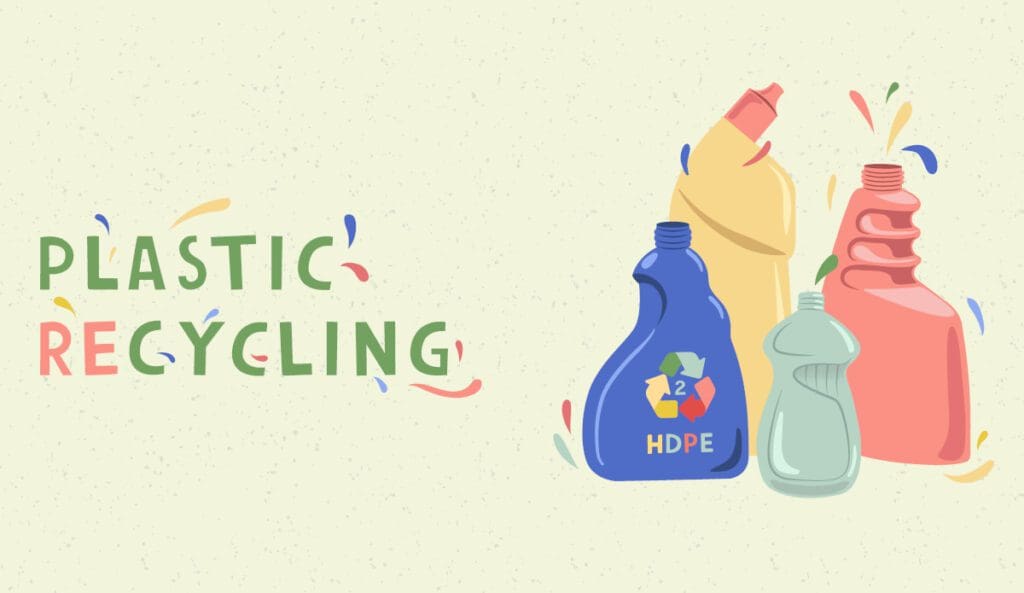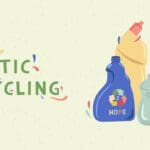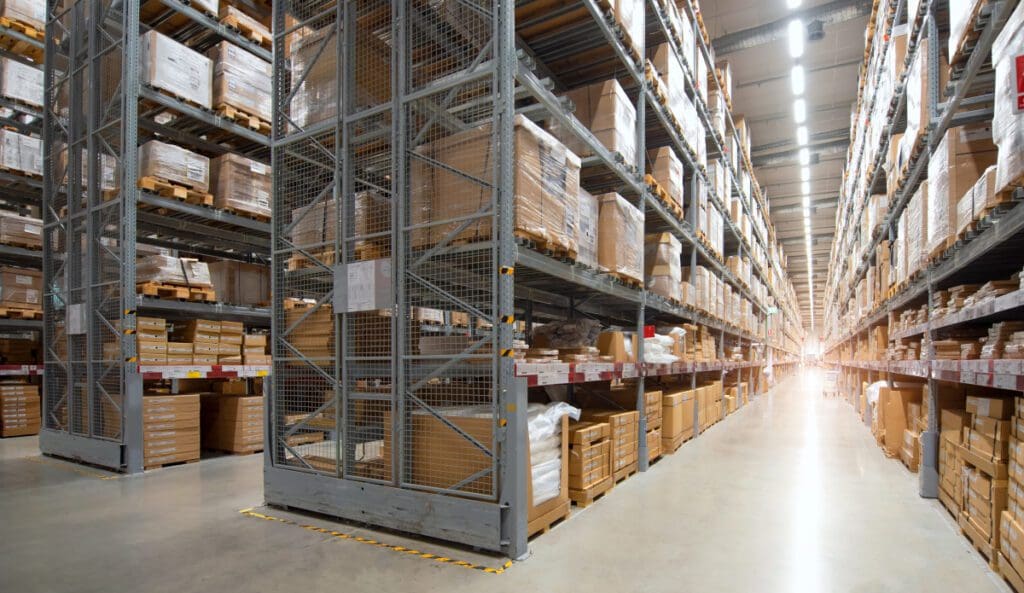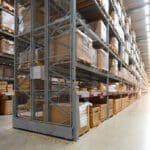HACCP Accredited Plastic Supply In NZ For Food Safety
To ensure total food safety, IFP have become HACCP accredited. Our systems and processes mean your total peace of mind.
How HACCP accreditation makes your food supply safer
IFP has been awarded HACCP accreditation. This ensures that all plastic they supply to food producers is guaranteed totally safe for use with food. This hard-to-get certification gives you total peace of mind.
The Hazard Analysis and Critical Control Points accreditation is a systematic preventative approach to food safety.
This seven-step process is designed to ensure that there is no risk or safety hazards in food. It’s similar to ISO 9001 but specific to the food industry. It ensures there are no biological, chemical or physical hazards in any part of the food supply chain.
More specifically for IFP Group, this is to make sure any plastic supplied for use around food is clean, is fit for purpose supplied with no leaching of chemicals, and with no cracks, chips or plastic fragments.
The end goal of HACCP compliance is to ensure people are safe from food borne illness. If you want your food business to be HACCP certified, then IFP is an essential part of your supply chain.
Step one: Conduct a hazard analysis
This is a thorough evaluation of all processes in a business, identifying at which point hazards may be introduced. These could be chemical, physical or biological. For IFP, this meant evaluating every step in the physical journey of the plastics. From creation, to storage, to shipping. At each point where there’s a change in the status of the plastics, there’s a chance that a hazard could be created. IFP identified each potential problem area.
Step two: Identify the critical control points
For each of these steps, IFP identified controls that prevented or eliminated the hazard. These are wide-ranging controls that cover every eventuality. For instance, to control for dust in the workplace, there are multiple ways to reduce and remove dust but also stop it reaching the product altogether.
Step three: Established limits
Every product has minimum and maximum temperatures that they are safe to use in. Controls were introduced to ensure the plastics never reached close to these points. There are also other components that must be controlled, for instance ensuring that the shelf life of plastics is not exceeded.
Each control point has a set of criteria developed that controls the hazard at these points.
Step four: Create monitoring procedures
Without measurement and monitoring, processes will fail. Processes must be actively monitored and records kept that show limits have been kept. This results in a series of measurements and observations that allow corrective action to be taken if needed.
Step five: Take corrective actions
What happens if standards are not met and limits are breached? This ensures that no unsafe product is released to the customer. There are two outcomes of this step—to control any nonconforming product, and to eliminate the cause of the problem.
Step six: Establish records
Records are kept that show when limits have been met and the system is working. It’s a verification system with regular audits, random sampling and testing to determine that the HACCP system is working appropriately.
Step seven: Establish verification procedures
The HACCP plan is validated. This validation shows that the plan is effective in preventing the hazards identified. The system is tested, and the controls in place are proven to work. Everything is documented and recorded for auditors.
What do these steps mean in real life?
For IFP, the safety of the product they send out is very important. These seven steps have become a series of checks and balances that are regularly reviewed so that you, their customer, have food-safe products in perfect condition, every time.
The products are stored in sterile, clean conditions, where there is no risk of cross contamination or biological hazards. When plastics are processed or packed for transit, they do so in a sterile place on a table that is cleaned and sanitized every time. Each time the products are handled, they are done so by an operator wearing hair nets and appropriate clothing. There are strict protocols in place around packaging and repackaging for all stock that is distributed to customers. Finally, there are batch numbers so that stock control is optimal and the shortest shelf life possible is achieved.
IFP Group helps you reach your food safety goals
If you oversee a food production or processing company, you know how important quality is. We do too. Contact us by phone, email or visit our showroom for a chat. Find out how we can help your business do better with your food safety and quality controls.








